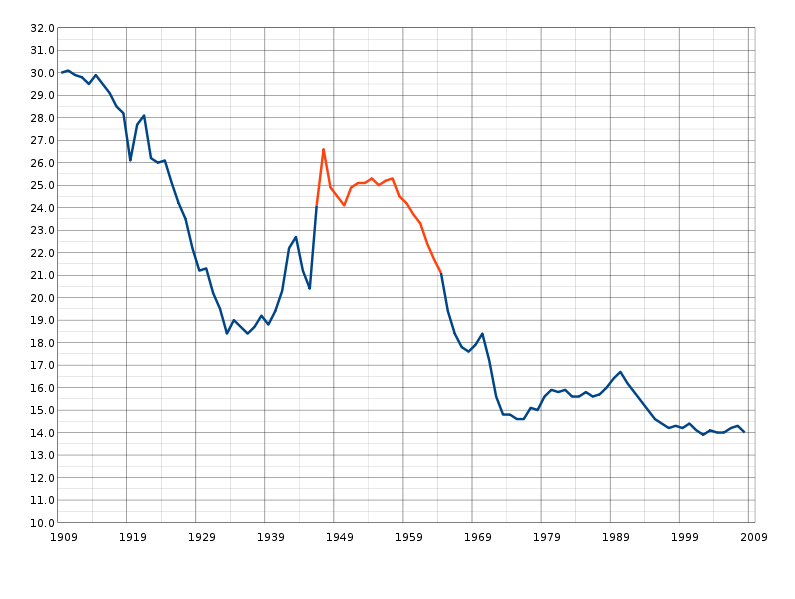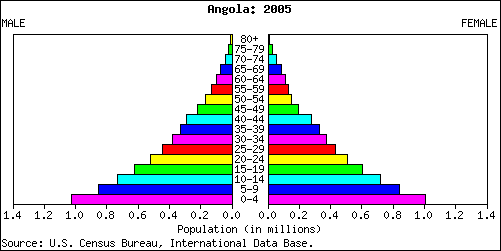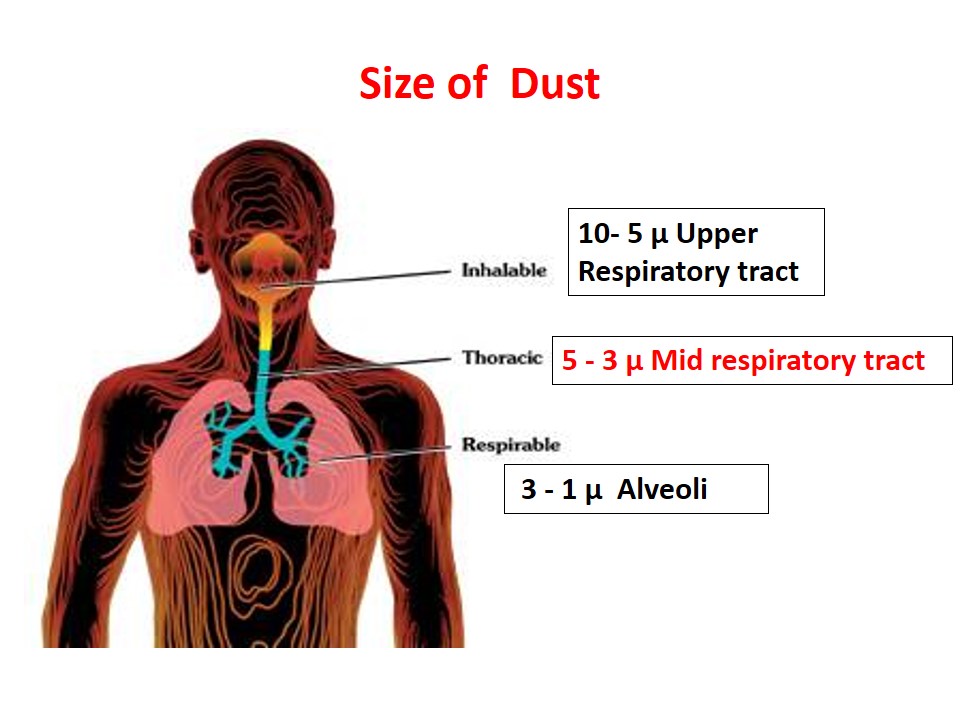Disaster may be defined as
‘An overwhelming ecological disruption occurring on a scale sufficient to require outside assistance’ PAHO 1980.
Disasters are exceptional events which suddenly kill or injure large numbers of people…Red Cross/Red Crescent.
‘Any occurrence that causes damage, ecological disruption, loss of human life or deterioration of health or health services on a scale that warrants extraordinary response from outside the affected community or area’. Source: WHO strategy and approaches to humanitarian action,1995
CRED defines a disaster as “a situation or event which overwhelms local capacity, necessitating a request to a national or international level for external assistance; an unforeseen and often sudden event that causes great damage, destruction and human suffering
We can say that disaster is a catastrophic event that overwhelms a community’s response capabilities.
Types of Disasters
| Natural (Acts of God) | Man made | ||
| Sudden Impact | Gradual onset | Hostile | Accidental |
| Earthquake,
Volcanic Eruption, Cyclones, Flash Floods
|
Floods,
Snow Storm, Famines, Droughts |
World war I& II
Terrorism 9/11 Sabotage |
Air crashes,
Train accidents, Fires, Smog, Toxilogic accidents Nuclear accidents Bombings Accidents |
Natural Disasters
Volcanoes
A volcanic eruption is the spurting out of gases and hot lava from an opening in the Earth’s crust. Pressure from deep inside the Earth forces ash, gas and molten rock to the surface.
Earthquake
An earthquake is a violent shaking of the ground. Sometimes it is so strong that the ground splits apart. When parts of the earth, called plates, move against each other giant shock waves move upwards towards the surface causing the earthquake.
Cyclone, Hurricane, Tornado or Typhoon
A Cyclone is a fierce storm with storm winds that spin around it in a giant circle. During a cyclone trees can be uprooted, buildings can be destroyed and cars can be overturned.
Avalanche
An Avalanche is a movement of snow, ice and rock down a mountainside. Avalanches happen very suddenly and can move as fast as a racing car up to 124mph.
Avalanches can be caused by –
- snow melting quickly
- snow freezing, melting then freezing again
- someone skiing
- a loud noise or an earth tremor
Flood
A flood is caused by an overflow of water which covers the land that is usually dry. Floods are caused by heavy rain or by snow melting and the rivers burst their banks and overflow. Costal floods are caused by high tides, a rise in sea level, storm waves or tsunami (earthquakes under the sea).
Drought
A drought is the lack of rain for a long time. In 1968 a drought began in Africa. Children born during this year were five years old before rain fell again.
Forest Fire or Bushfire
Fires can burn out of control in areas of forest or bush land. Fires are caused by lightning, sparks of electricity or careless people. Wind may blow a bushfire to areas where people live.
Disaster subgroups definition and classification
| Subgroup | Definition | Disaster Main Types |
| Geophysical | Events originating from solid earth | Earthquake, Volcano, Mass Movement (dry) |
| Meteorological | Events caused by short-lived/small to meso scale atmospheric processes (in the spectrum from minutes to days) | Storm |
| Hydrological | Events caused by deviations in the normal water cycle and/or overflow of bodies of water caused by wind set-up | Flood,
Mass Movement (wet) |
| Climatological | Events caused by long-lived/meso to macro scale processes (in the spectrum from intra-seasonal to multi-decadal climate variability | Extreme Temperature,
Drought, Wildfire |
| Biological | Disaster caused by the exposure of living organisms to germs and toxic substances | Epidemic,
Insect Infestation, Animal Stampede |
Deaths vs Injuries in Disasters
| Deaths exceeds Injuries | Injuries exceeds Death |
| Storm surges
Tsunamis Flash Floods Landslides Avalanches Volcanic eruptions Tidal waves |
Hurricanes
Fires Explosions Earthquakes Typhoons Tornadoes |
WHO Criteria for Disaster
- 10 or more people killed.
- 100 people reported affected.
- declaration of a state of emergency.
- call for international assistance.
WHO Centre for Research on the Epidemiology of Disasters (UCL, Brussels, Belgium)
Mortality Rate Emergency Indicators
Crude Mortality Rate (CMR) is the “single most important indicator of serious stress in affected populations.”
CMR = deaths/10,000/day: emergency phase
- <1 = Under control
- >1 = Serious condition
- >2 = Out of control
- >4 = Major catastrophe
How to calculate CMR?
Crude Mortality Rate =
Total number of deaths in a given time period x 10,000
———————————————————————————-
Estimated total population x Number of days in the time period
Parameters to Measure Magnitude of Disaster
- Number dead
- Geographical extent
- Private and public property damage
- Condition of public buildings
- Number severely injured
- Condition of health facilities
- Communication infrastructure
- Condition of community services
- Spread of communicable diseases
- Extent of food supply
- Relief activities already in progress
- Estimation of health facilities
 howMed Know Yourself
howMed Know Yourself




